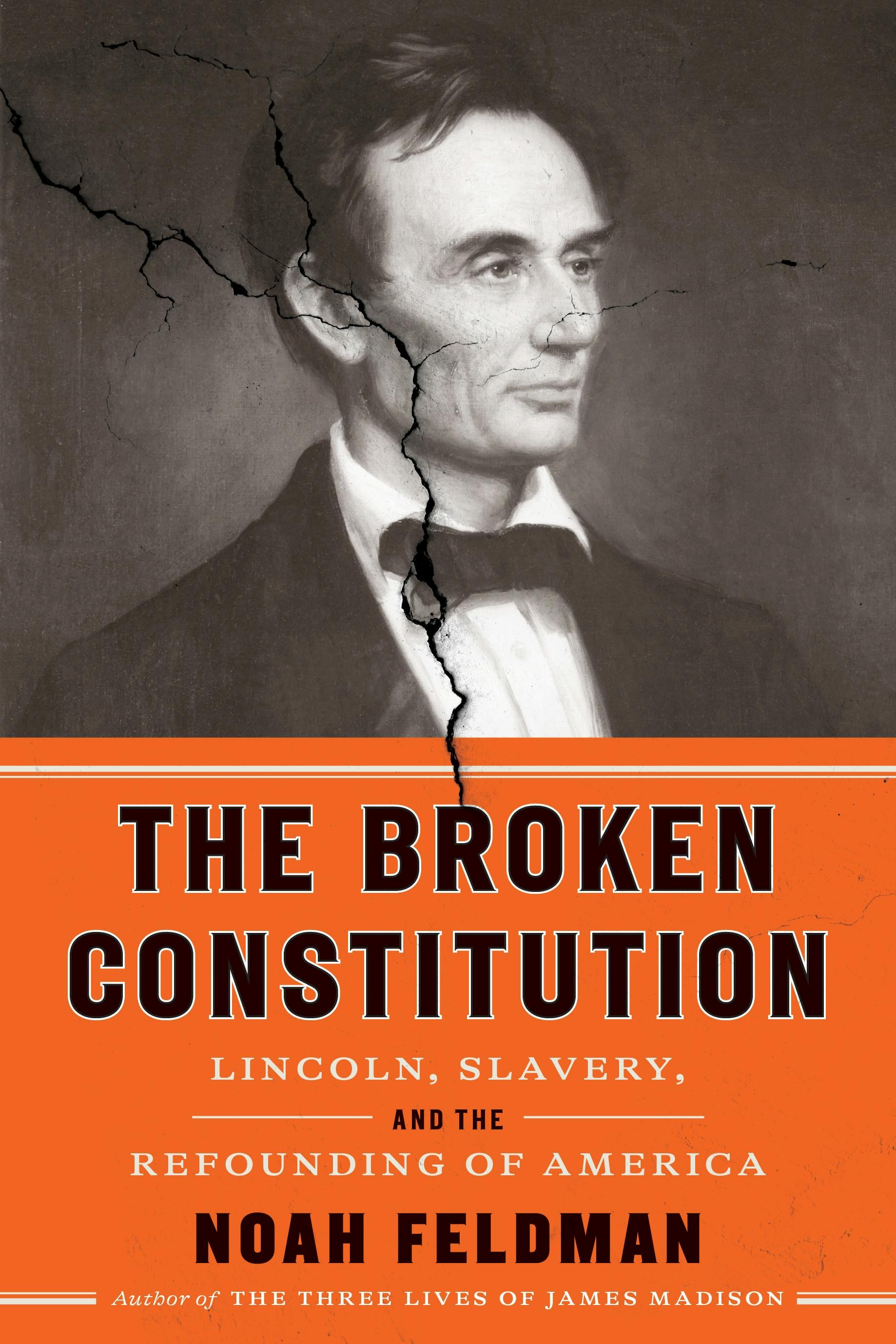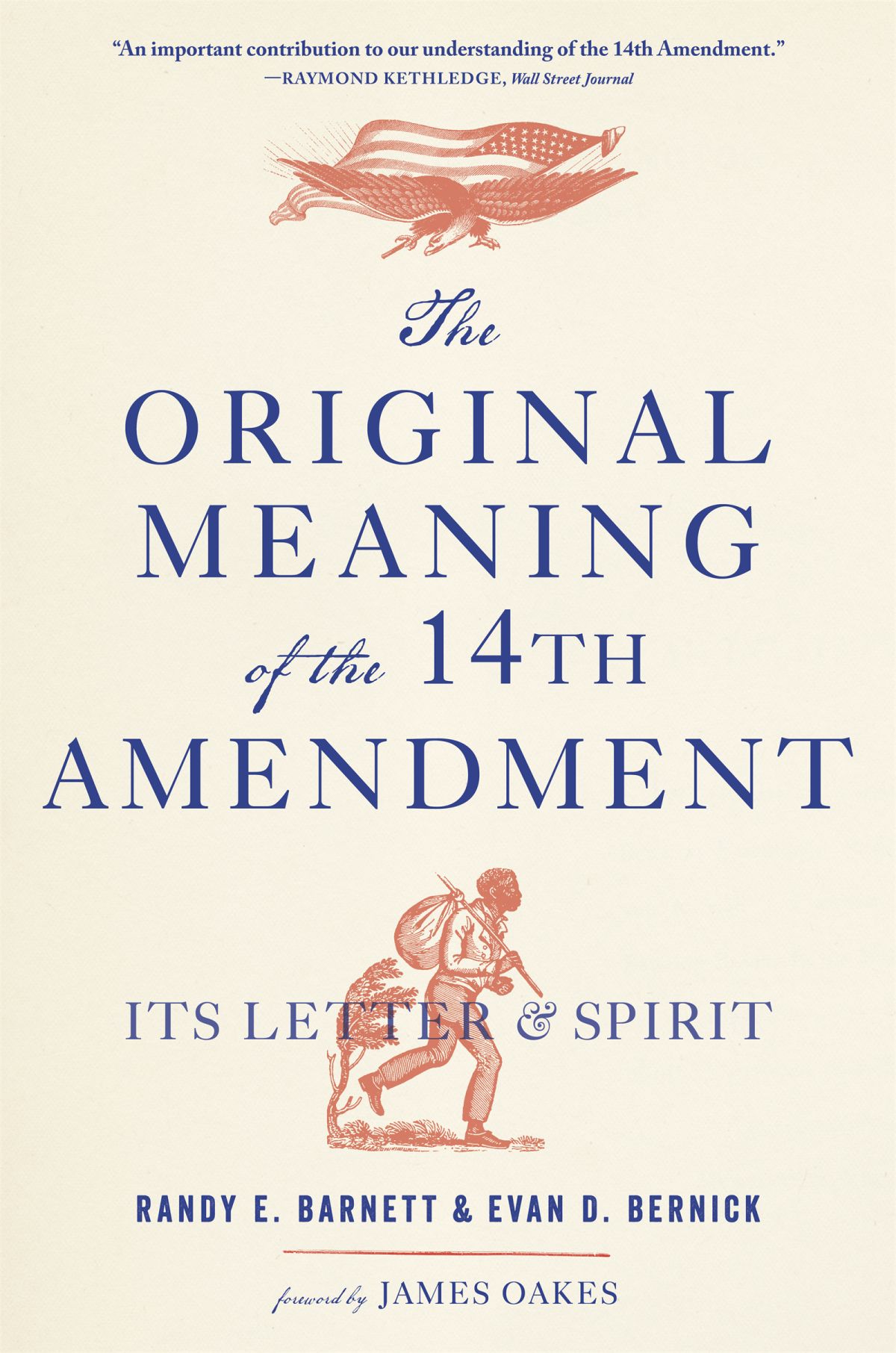Many Americans are accustomed to thinking of the Constitution as a single, undifferentiated charter of government. In fact, however, the document consists of a variety of separate pieces that were adopted at different times in a variety of contexts. The Broken Constitution argues that Abraham Lincoln played a pivotal role in redefining the principles that underlay the Constitution that was drafted in 1787 and ratified in 1789 and in setting the stage for the adoption of the amendments that were added to the Constitution in the wake of the Union victory in the Civil War. By contrast, both The Second Founding and The Original Meaning of the Fourteenth Amendment seek to describe how the courts should interpret what has become the most important of those amendments.
In The Broken Constitution, Noah Feldman argues that Lincoln was forced to ignore the constraints imposed by the original Constitution in order to preserve the Union and establish the foundation for a more just constitutional order. Feldman begins by focusing on Lincoln’s changing attitude toward the sectional conflict that evolved against the backdrop of a Constitution that Feldman characterizes as being marked by a series of compromises that were designed to protect both the institution of slavery and the interests of slave-owners more generally. Prior to the Civil War, despite Lincoln’s belief that slavery was morally wrong, he felt compelled to respect the terms of those compromises in the interest of keeping the Union intact. Thus, during the antebellum era, Lincoln embraced the position taken by Northern Whigs; while opposing the extension of slavery into the territories, he also distanced himself from those who argued that the federal government should take measures designed to undermine slavery in the states where that institution was already established.
Lincoln was confronted with an entirely different situation after his victory in the presidential election of 1860 and the subsequent decision of the Southern states to secede from the Union. He first had to decide whether to use force to suppress the rebellion. After concluding that the use of such force was appropriate, he took a number of actions, including the suspension of the writ of habeas corpus, that were designed to suppress opposition to this decision in the North. Finally, on January 1, 1863, Lincoln issued the Emancipation Proclamation, which purported to free all the slaves in the states that had seceded and thereby effectively transformed the war from an effort to simply save the Union into a campaign against the institution of slavery itself.


